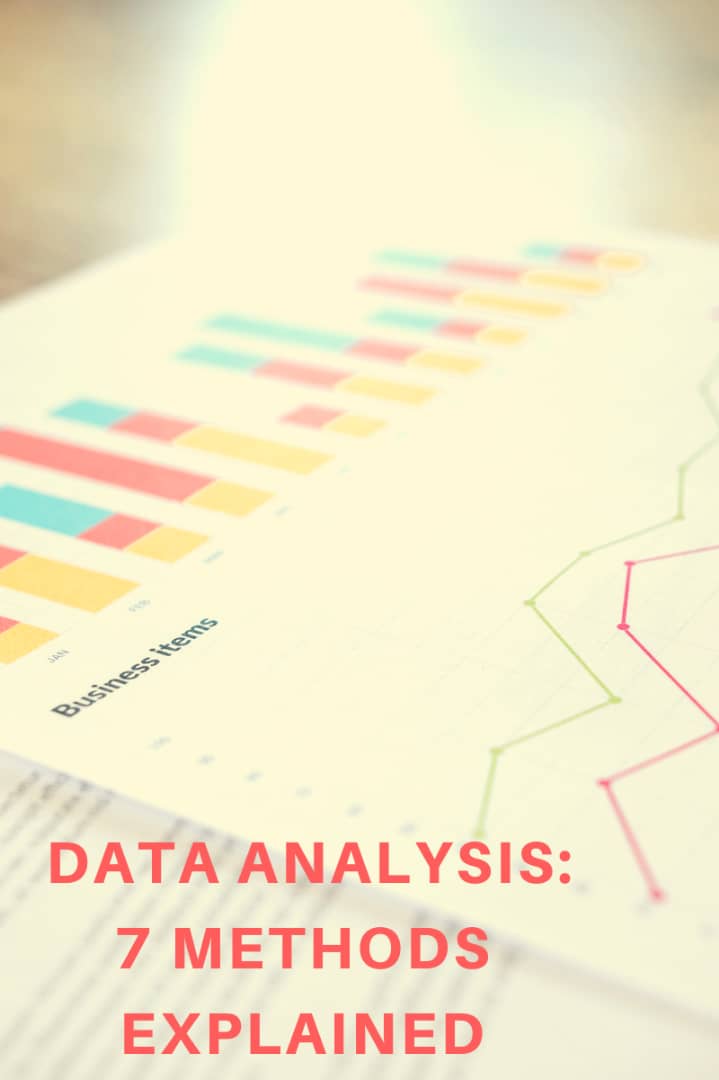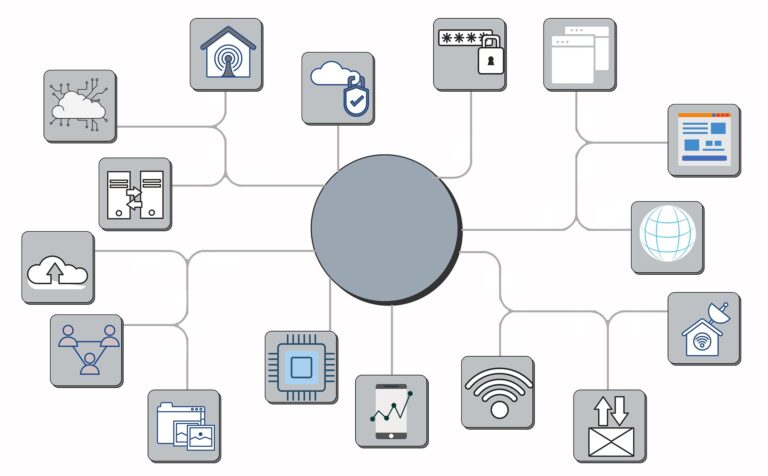Data Analysis methods explained.
Reading time: 6mins
Deciding on which of the data analysis methods to employ can even be another cause of “analysing data”. Some businesses find it difficult to choose a particular method or decide which to use at a particular time.
If you are one of them, then read this till the end, you’ll understand the different methods you can use to analyse data. And decide for yourself then, which method to employ in your business.
Here are the 7 methods you can use to analyse data in your business;
- Qualitative Analysis
- Quantitative Analysis
- Text Analysis
- Statistical Analysis
- Diagnostic Analysis
- Predictive Analysis
- Prescriptive Analysis
Before we go on, let’s take a short look at the meaning of data analysis.
What is Data Analysis?
Table of Contents
The meaning of data analysis is not something far-fetched from us. We analyse data every day of our lives each time we decide to do something. Something as simple as deciding to either fry your egg or boil it when taking noodles, to what you spend on.
Whenever we want to make conscious decisions we’ll probably look back to what happened before if there has been a similar experience, what is happening currently and what’ll likely happen in the future. By doing this we are analysing data. These three things make up the simple framework of what data analysis is about.
Qualitative Analysis:
This involves drawing opinions, in form of questionnaires, attitude scaling. It is usually in form of text, audio or video representations. It answers the question ‘what’ and ‘why,’ etc. And the data is usually in form of words, symbols and even representations. It is used for exploratory research.
The data is difficult to interpret. Before you would employ qualitative analysis you need to be specific on what your research is about, what you need to find out and the exact question that would help you make a decision.
Quantitative Analysis:
This analysis is generally measured in terms of numbers and it is also done through two core methods; Descriptive Statistics and Inferential Statistics.
- Descriptive Statistics: Helps researchers discover patterns and summarize data. The most commonly used descriptive statistics include Mean, median, percentage, Mode, frequency, range etc. Descriptive statistics are pure numbers, and they do not explain the reason behind the numbers. These can be used mostly if your research is limited to a sample and is not generalized to a larger population.
- Inferential Statistics: In inferential statistics, you can get different conclusions by selecting different samples from the same data. It makes its analysis from complete data.
Text Analysis:
This is a method of analysing data to discover patterns and interpretations in a large data set. It can also be called data mining, text analytics or information extraction. It aims to examine and extract machine-readable facts from a large data set for final interpretation.
That is developing structured data out of free and unstructured content that will be easy for you and your business to interpret. More like converting raw data to business information.
Statistical Analysis:
This analysis tries to answer the question “What”. It uses past data collected and interpreted over time to discover what happened. Just like in descriptive statistics.
Let’s take a look at this analogy. Imagine that a certain family of four consumed a quarter bag of beans sometime in 2010. Maybe for each serving, they’ll use four cups. But presently they now buy a half bag and consume about six-seven cups per serving. Not to talk about the increase in the beans budget. Now we noticed that something is not normal, and wondering what happened?
So then we proceed to ask why in the next method which is Diagnostic Analysis.
Diagnostic Analysis:
This aims to answer the ‘why’ question. It tries to uncover the causal effect in the data gotten from the statistical analysis.
From our analogy above, we want to understand the reason for the change. In analysing this data, we find out that okay, 10 years is a long tie and if the children in this family were kids then, now they are teens and consume more food. We also realize that the price of beans has changed in the market. We might also consider that as teens, they’ll require more protein at this stage of their lives.
The diagnostic analysis is a further step to find out more in-depth analysis of what happened in the statistical analysis above.
It helps to discover areas that require further study, that have unusual data. It also drills and digs more on those areas to explain them and find out why they are that way. Then finally it tried to determine the causal relationship from the unusual data by looking at the events surrounding it.
Predictive Analysis:
Predictive Analysis answers the question, “what is likely to happen?” It uses past historical data to determine critical patterns and trends. It then compares this with current data to predict what is likely to happen. Most business persons prefer this analysis because of the easy-to-use software, the volume and the type of data and a need for competitive advantage.
The predictive analysis provides some advantage;
- Reduce risk; It helps you reduce some production and investment risks by understanding buyer trends and the changing seasons. It would help you make informed decisions on what path to take your business.
- Enhance your campaigns; The predictive model helps you understand your customers’ buying patterns and responses. Then you can attract and retain your most profitable customers.
Referring to the same analogy we have been using, let’s also say this same family wants to plan their food budget for the coming year.
They might think of buying one bag for two months since their children’s appetite for beans is increasing. And they might also plan to add some money to the budget if the price increases again since the economy is not stable.
Now, this may not be exact because by that next year the children may reduce their liking for beans. What if they start consuming rice with the same energy?
The accuracy of the predictive analysis depends on how much details you have and how much digging you have made.
Prescriptive Analysis:
This involved outlining what the potential decisions can be after predictive analysis. It looks at the various implications of the information gotten from the predictive analysis. It is the point where you make an informed decision concerning your business.
From our analogy, this simply means exploring all their options and deciding what to do.
This is exactly how each of these methods can be applied to your business.
Data is the most useful factor you’ll ever have in your business and if you rightly use it you’ll scale far more than you expected in your business.
Which of these methods do you think is better? Share with us in the comment section.


